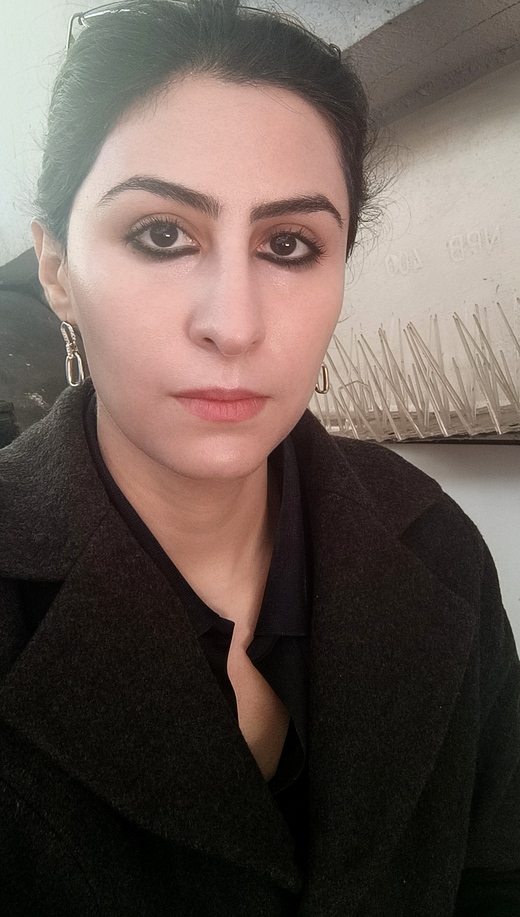Talks
Photography and the Performance of Gender
Sarah Jabbari

Persian woman in veil and pearls, Antoin Sevruguin
In the early 19th century, a new means of visual representation was introduced to the world – photography, marking a new instrument for global contact – of understanding new worlds, geologies and cultural landscapes. Beyond mere documentation, photographs also produced and carried meaning, shaping and in some cases reinforcing our understanding of history, culture, society and more.
In this talk, scholar Sarah Jabbari takes us through her work studying gender representation in photography – what are the gender expectations of a photograph, and how does it impose it? She achieves this analysis by drawing parallels between select photographs of Persians in Iran and Parsis in India in the 19th century. Most of the selected photographs in Jabbari’s research have been captured by Antoin Sevruguin in Iran, and Raja Deen Dayal in the Indian context.
These photographers’ approach to documenting their subjects lends itself well to a comparative understanding that helps trace the spaces, objects, and activities of gender in photography. For Jabbari, the bringing together of these two groups in study, is also driven by a desire to reimagine their reunion – how can these photographs give us clues that help trace histories of migration, and to fill in gaps and moments of shared cultural histories that define them and what they borrow from each other.
Bookings
Bookings are closed for this event.









